Updated: July 13, 2020
Testing two editions of the same distro one after another can be perilous - like reading a book series, you might get tired. But then, the experience is fresh, and you can really see how seemingly identical products behave, and compare their good and bad bits. Ideally, there would be no need for so many desktop environments, or distros, but hey, Linux is all about evolutionary anarchy without any higher strategic goal.
So far, Mint 20 Xfce gave us okay-ish results. Decent but not wonderful. Will I deploy it in my production setup? Nope. Is it better than say Xubuntu Focal or MX Linux 19? Not really. Am I a happy Linux user? Not for a long time now. Is my hope gone? Pretty much. Is there a point to this review? Yes. That's called optimism, when you expect nice results despite counterindicative evidence. Lenovo G50 laptop, Mint 20 Cinnamon, here we go.
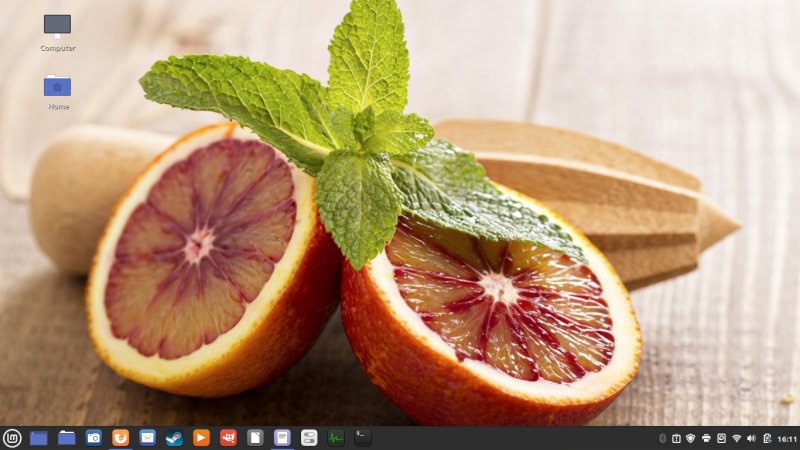
Live session
Here, you get a different set of visuals and text going into the desktop session. So far, 100% of all the distros I tested this year exhibited a completely different boot sequence from one another, including what they show in the live session and then after the installation. This, despite the fact we're talking 95% common baseline. That's consistency for you, fellas.
So what Mint Ulyana Cinnamon did - flicker, failed decoding message we saw in the Xfce test, flicker, flicker, Mint logo, the same text message - funny how systemd-based distros won't do pure-text logs by default, but then, they will gladly vomit TEXT onto the screen when there's no use or purpose for it - and then we get into the desktop, including the familiar Cinnamon chime.

The Cinnamon desktop looks very much like the Xfce edition - but it is more polished, better sorted out. Cleaner, crisper - even though it also uses the same suboptimal font color - with a more consistent and visually pleasing panel + system area. As I mentioned in my Icing task manager review, this is a good and fresh transformation. Overall, the desktop feels quite slick and polished, and Cinnamon has improved quite some.
![]()

Fonts - ok but not perfect. Funnily, this looks better than the Xfce version (same font color).

Almost there ...
Networking
Finally, some consistency! Exactly the same results as what we saw in the Xfce version. Now, the results weren't stellar, but at least you won't be deprived based on your desktop choice. Samba works only by IP, and printing is the biggest naughty part here. With my new Xerox printer, the system auto-detected the device, but this is a useless configuration, as you can't print in this mode. I had to re-add the printer, and then, even though I had explictly selected Tray 1 for paper, it still tried to print from the manual feeder, and thus, the job got stuck. At this point, I'm sure people will blame Xerox - even though the printer box has a big Tux logo on it and all. Plus, I was able to print in Kubuntu 18.04 without any issues.

My Aquaris was auto-detected and connected.
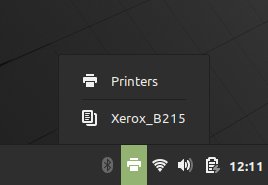
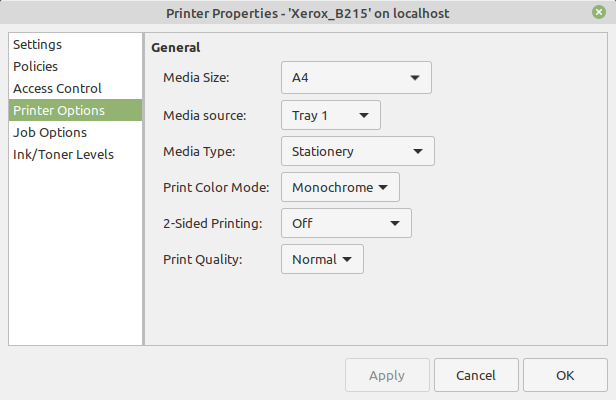


Not printing with the auto-detected printer. Nothing.
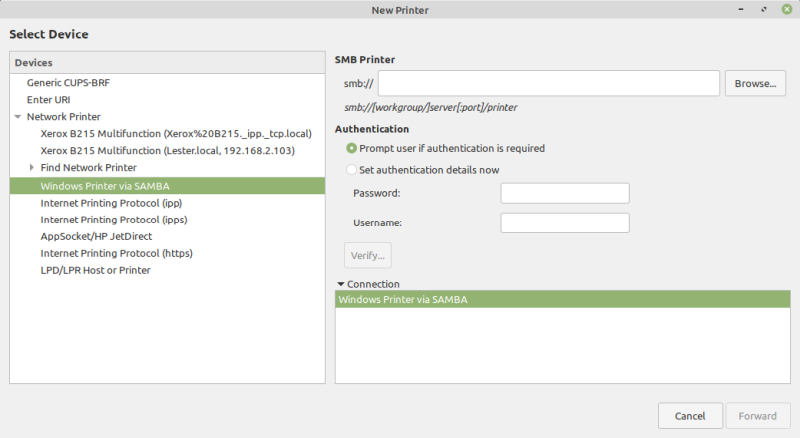
Multimedia
Okay-ish but not perfect. Celluloid uses a dark theme - same problem like Videos in Gnome. The task manager music integration icon has a weird and ugly name (looks like reverse domain name). BTW, I changed the system theme to blue, but some applications refused to use it. I guess I need to restart Cinnamon.

Notice the app color accent and the system color accent. Not consistent.

Smartphone support
Like the Xfce version - and even a little worse. With my Android Nokia 1.3 - the device serial was shown in the address bar. This is just nonsense. Why do I care about serial numbers, or for that matter, non-human characters like %20 in the address bar. Why?

Installation
Identical to the Xfce version, including the non-integer number of lines displayed in the partitioning step. After that, you get the slideshow with the exact same content, and it took about 45 minutes to complete the install, with the GRUB2 step taking the longest. BTW, thinking of "modern" solutions, this is another piece of software that offers no real benefit over ordinary old legacy GRUB in the home environment. EFI, oh, shiver me timbers.


Cinnamon Tux
What about the boot sequence? You guessed it right, 'tis different yet again. A mix of flickers, Mint logo and Lenovo logo. The Wireless settings were preserved, you get an update prompt right away, which is nice, but the Welcome screen comes with its own non-standard decoration that does not conform to the rest of the system. It's Adwaita with Mint-Y buttons plus alpha shadows you don't get if you screenshot other application windows.

I noticed some differences here - Samba speed was slow, only about 1 MB/s. Typically, this very laptop, when booted into Windows 10, does about 12-13 MB/s in the exact same spot. Most distros do 4 MB/s, but never more than that. Other Windows-based systems can do 35 MB/s.
Customization
First, I did some theme change. Copy theme, edit gtk.css, enjoy black fonts. We actually just did this with the MATE desktop, but the steps are 100% applicable both to Cinnamon, as well as Xfce, and Gnome. Because at the end of the day, there's way too much duplication and forking in Linux, when all that effort could have gone into making a single desktop environment, unified and dope, extremely well tested. Alas, it's not meant to be.

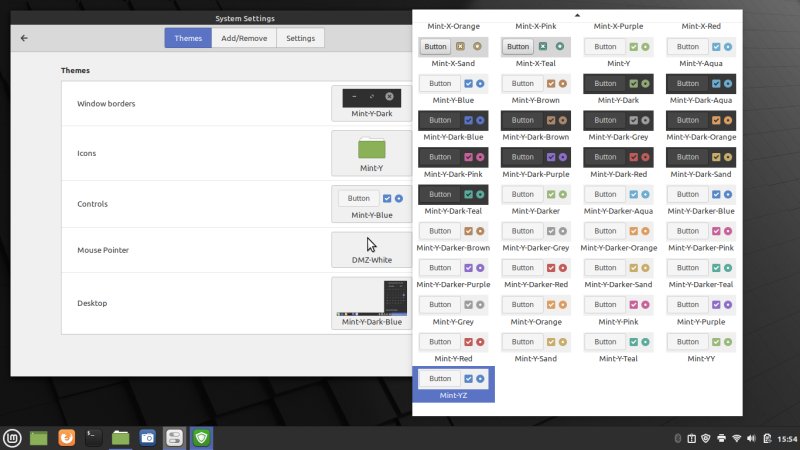
The good fonts now:
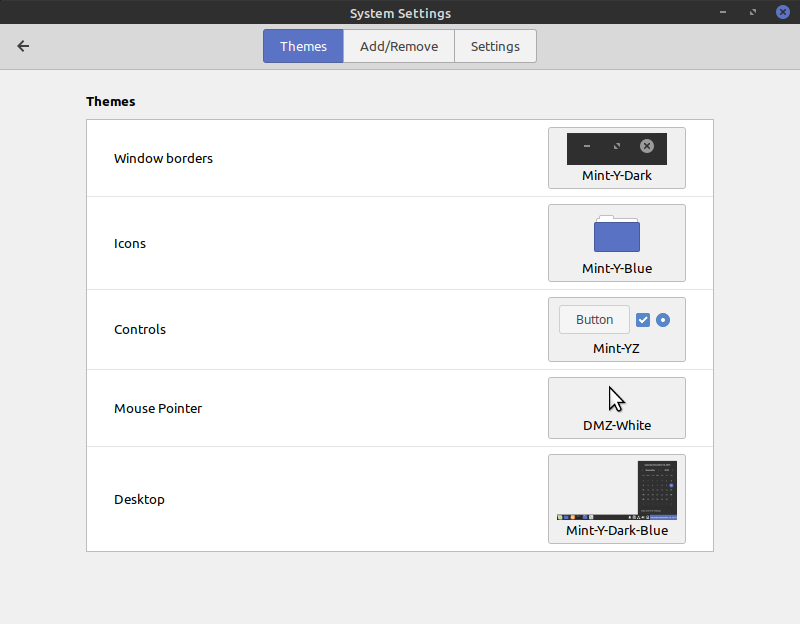


Even so, the distro's ergonomics can be improved. Fonts can be bigger. The liberal use of the gray color is nice, but because there's insufficient distinction between foreground and background windows, between different elements, your eyes tire. I spend hours upon hours writing, and there are few Linux distros that pass the basic test. I find it so incredible and so sad that in 2020, there are only really two, maybe three distros that offer legible and crisp fonts out of the box. That's it.
Firefox & Yahoo! search engine problems
I don't like the default search provider in Linux Mint. For example, I had less luck finding the official Mint documentation pages using it than I did with some other engines. Along the way, I decided to change and add Google to my list. But this didn't quite work.

The instructions work as follows. In Firefox preferences, click to add more engines. This forwards you to a page, which explains why Mint does what it does, and then at the bottom, there are some two dozen icons to other search providers. I clicked Google, got forwarded to the page shown in the screenshot above. I tried to click that hyperlinked here marker, but this did nothing. The php code simply didn't execute anything.
What did work was - I customized the Firefox interface, added the dedicated search box next to the address bar, which is something I always do anyway, because I hate the "modern" approach to Web. Then, I repeated the process, and now, the search box suddenly had the + icon, and I was able to add Google this way.

Package management & updates
I don't have too much to share here that is cardinally different from the Xfce version.


Just compare Software and Software Sources. A completely different style from the rest of the system, including window buttons. This is a third distinct style in a single desktop environment, which just shows what happens when you integrate components from different projects (across the Gnome space, if you will).
Applications
Mint Ulyana tries to be as consistent as possible, and this extends to the applications selection. So you get pretty much the same set as what we saw in the Xfce edition. Not bad, but can be livelier, and some of the less known apps don't really make much sense.
Hardware compatibility, stability, suspend & resume
All good, no complaints. Nice.
Performance, resource utilization
Mint Ulyana is sprightlier than in the past - I guess this is Gnome improvements under the hood, since the the two desktop environments do share code. But ... sometimes, you do get occasional stutters. Nothing too major, but they still happen. For instance, clicking on an icon in the Settings applet would sometimes takes a good three or four seconds to launch the utility. Overall, the Cinnamon desktop feels faster than most Gnome implementations out there, however it lags behind Plasma and Xfce.
Now, memory usage is about 950 MB on idle, while the CPU rocks a non-negigible 3-4%. Not sure why, but then we will have to ascertain if and how this affects the juice drainage on the laptop. Overall, this usually means less battery life.

Power management & battery life
Not identical to the Xfce edition. Ulyana Cinnamon actually has worse defaults. Now, with light usage, 50% brightness, Mint 20 Cinnamon reports slightly less than 2 hours for a battery at 58% capacity. This translates to about 3.5 hours, so roughly an hour less than the Xfce edition. Not ideal.


Final looks
And ... this is what I ended up with:


Conclusion
I would say Linux Mint 20 Ulyana Cinnamon is a slightly more useful edition than the Xfce one. It feels more carefully put together, it's visually more distinctive, and while the other is a bit faster and offers more juice, the delta isn't cardinal enough to justify the less integrated, less polished setup. All in all, this is an okay distro, but again, it ain't no killer, and there are no fireworks. Some solid stuff, some average stuff, a basket of bugs and problems, with the ergonomics being the top culprit.
There's also a philosophical angle. With these two Mint editions so similar, is there really any need for the Xfce one? I think Mint would do better with just one version, where all the effort and labor goeth. Then, there's also the problem of distinction. I was super-impressed with Mint in the past, and it often topped my best-of charts at the end of the year. But now, the value delta isn't big enough to make it stand out above the crowd. It's a difficult situation, because the Linux world is really drowning in lethargy.
If you want a simple, classic desktop, you might want to try Ulyana. It's fairly consistent, which can't be said of most distros, it stays true to its identity, but then, it ain't exciting, and there are some rough edges, which mar the experience. I'd say 7/10. We've seen better, and I expect more, but I'm not sure that perfect brilliance is ever going to happen again. So there you go, from the most optimistic distro reviewer on this planet.
Cheers.